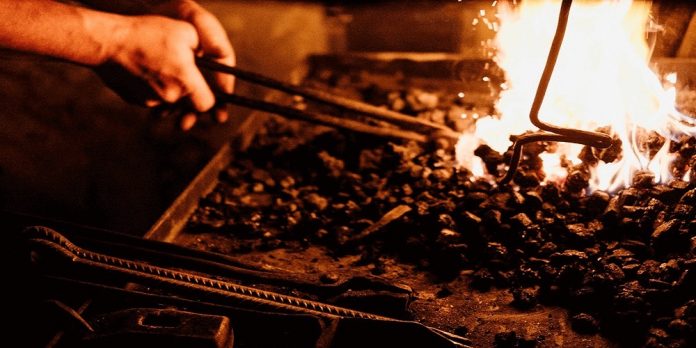Forging is a manufacturing process for shaping metals. It is accomplished using compressive localized forces from a hammer, die, or heat. Forging can be classified into hot forging, cold forging, and warm forging. The type of forging used depends on the desired results.
Hot forging is a heating process that involves the deformation of metals above their recrystallization temperature or at the point, the metal begins to cool down. It is normally performed at a maximum temperature which doesn’t destroy its metallurgical properties. Rather, this effectively increases the production rate by decreasing the flow of stress and energy needed to form the metal.
Hot forging is one of the oldest manufacturing processes, therefore; there are some important factors to consider when using this process. This article will be reviewing some of those factors.
Factors to consider when hot forging
When carrying out the hot forging process, the following factors should be taken into consideration;
1. Pre-forging heating
Before the hot forging procedure, the metal blank is previously heated to a certain temperature (this increases its plasticity). To effectively reduce the strain and energy consumed, the metal blanks temperature should be raised to its maximum. However, the average temperature required for heating every metal differs.
The average temperature required for hot forging the following metal is,
Steel – about 2102°F (1150°C)
Aluminum alloys – 680°F (360°C) to 968°F (520°C)
Copper alloys – 1292°F (700°C) to 1472°F (800°C)
Due to the narrow temperature range of the alloys, it is important to take note of its preforging heating.
2. Selection of the Mould materials
During the forging process, the mold continuously works in high temperatures and experiences thermal stress and deformation. Thus, during the production of the mold factors such as strength and hardness of material must be put into consideration.
Dies
The dies used for hot forging are often tailor-made to meet the manufacturer’s requirement and preferred design. The machinery needed to produce dies includes screw or hydraulic presses, drop and counterblow, or power drop hammers. This machinery compresses the heated metal to the preferred shape. Like the mold, dies are exposed to high temperatures, mechanical loading, and plastic deformation during hot forging. Thus, the material used for die production should be able to withstand these processes.
3. Lubrication
To prevent friction, the die and metal blank should be properly lubricated. The quality of hot forging and the die life is directly proportional to the lubrication between the die and the metal. When the friction coefficient is reduced, the fluidity of material is enhanced, forging is also improved, the forming load is reduced and the filling performance is greatly enhanced.
Cooling
Cooling takes place after the metal has been shaped to desire. One has to be careful while doing this because cooling hot forged metal quickly can lead to warping.
Flash
Hot forging can be categorized into forgings with flash and forgings without flash. When compared to forges without flash, forges with flash have complex 3D geometry. They are often restricted to objects having cyclic-symmetry geometry or components with axisymmetry.
Conclusion
Although hot forging is one of the oldest manufacturing procedures, it is still valid in today’s world. It is beneficial to several industries. However, to get the best result, one must put all the factors listed into consideration.











